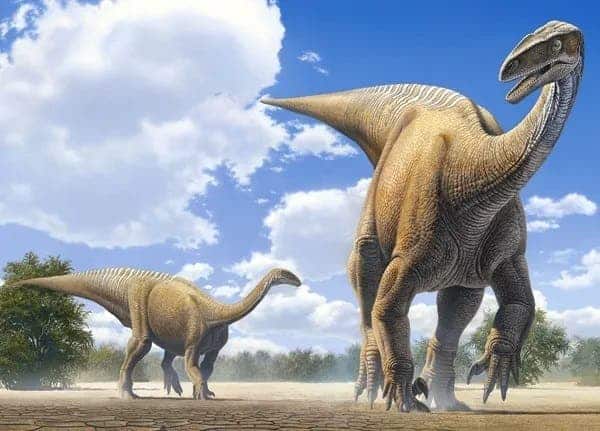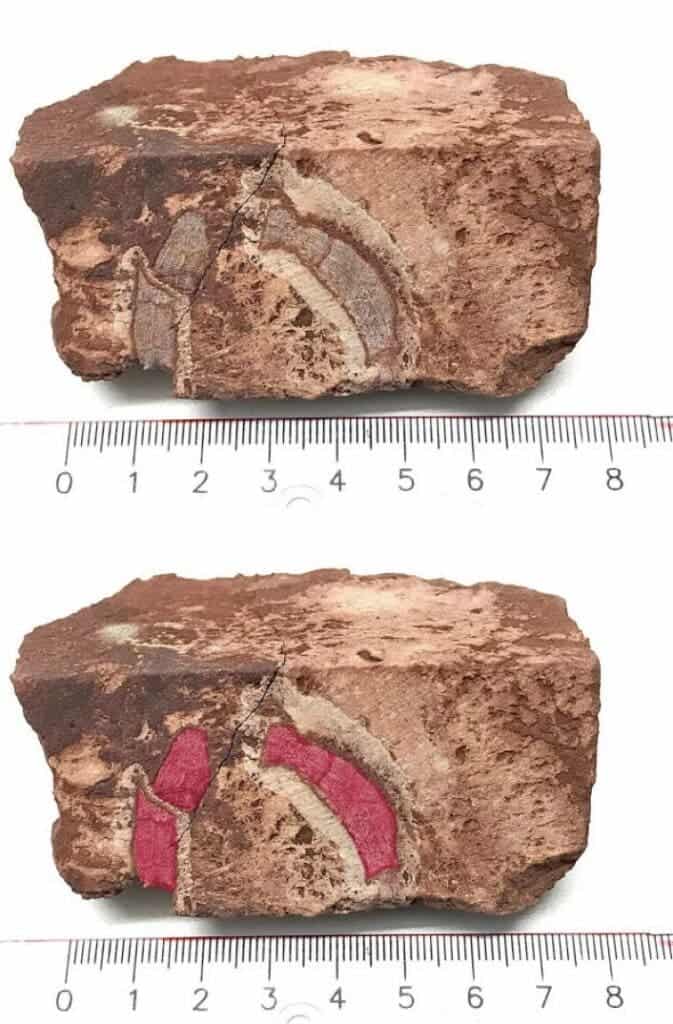
While most regions of the world can name at least a couple of dinosaur fossils found on their territory, a lot of the geology of Scandinavia predates the Triassic, making it almost impossible to find dinosaur remains there. But almost is the keyword here. It was only in 2006 that Norway found its first dinosaur, and while most paleontologists use a brush, this exceptional excavation took place with a drill.
That’s because the discovery of the fossil was made completely by accident in the North Sea while a local company was drilling for oil, at 2,256 meters below the seabed. This means the discovery is not only a first for Norway but also for the world, marking the deepest dinosaur fossil ever discovered.
The remains belong to a Plateosaurus, a large herbivorous dinosaur that could grow up to nine meters long and weigh up to four tons. Its range covered Europe and Greenland from 210 to 195 million years ago, at the end of the Triassic when the North Sea was no sea at all, but rather an enormous alluvial plane.
The long-necked Plateosaurus is believed to be the first dinosaur that became specialized in eating plants that grew high up off the ground, sort of like today’s giraffes evolved to forage in the canopies.
“We still have only one dinosaur fossil from Norway and that is this bone,” zoologist Petter Bøckman told Science Norway, adding that the prized lonely bone and a corresponding model of the Plateosaurus are now exhibited at the National History Museum of Oslo.
Bøckman highlights the fact that this amazing discovery was made completely by accident, adding that it would have never been found were it not for the search for oil. The odds of hitting a dinosaur fossil with an oil drill are less than of winning the lottery, the researchers added. Unfortunately, the indelicate nature of oil drilling left its mark on the fossil, it is a now crushed knucklebone extracted from a long cylinder of rock drilled from the exploration well at the Snorre offshore field.

But despite the degradation of the sample, Norwegian paleontologists were able to identify it as a dinosaur and its corresponding species. Although this discovery remains the only dinosaur bone found within Norway’s borders, this does not mean that such fossils constitute a rarity in the abyss where it was found.
The North Sea land during the Triassic was crossed by big rivers meandered through dry plains, which likely harbored a hotbed of dinosaur life. With a bit of luck, perhaps we can add a sibling to Norway’s lone roster of dinosaurs.


